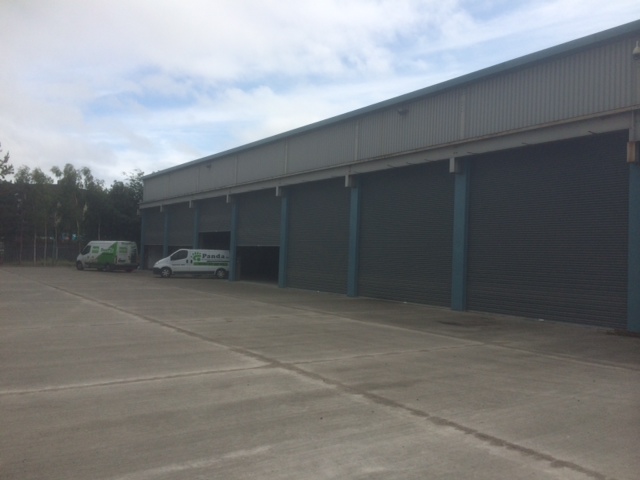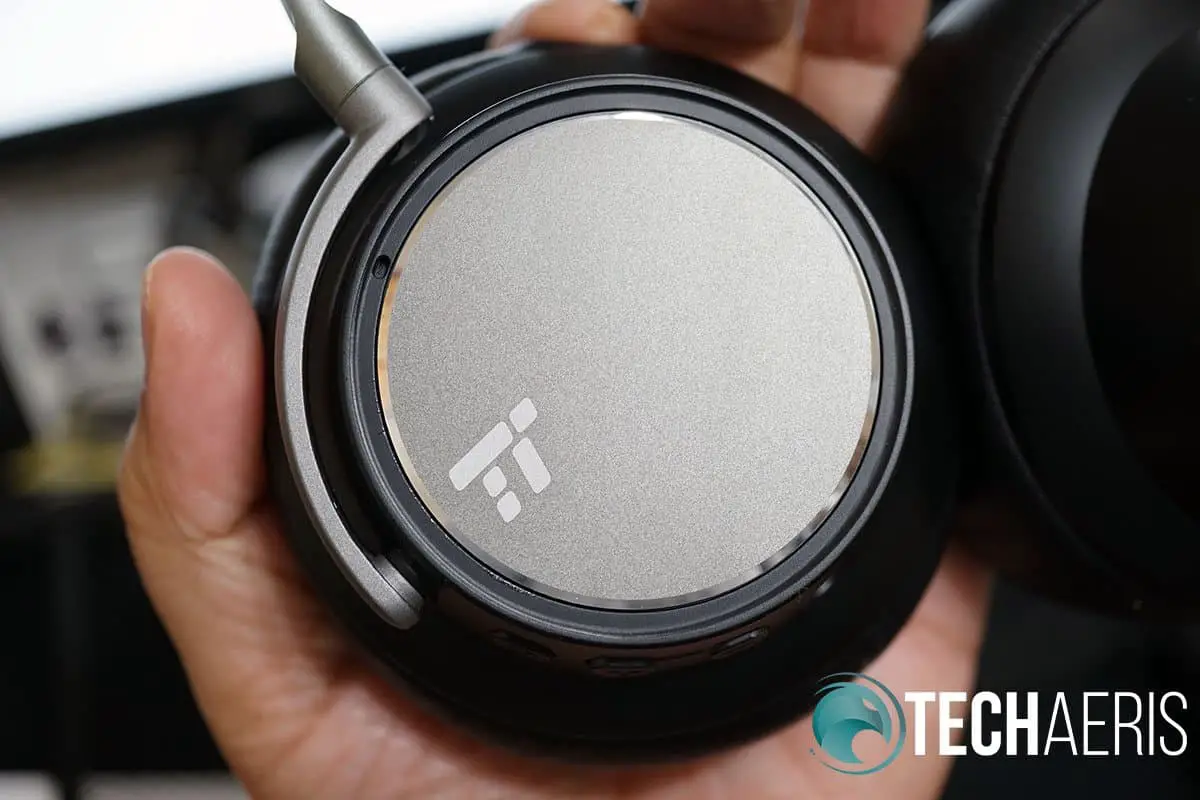
These techniques have advantages and disadvantages, summarized in the table below. Technical examination of the papers in the Tissandier Collection produced a record of the various papers and watermarks and resulted in the development of a simple method - using Adobe Photoshop - to produce clearer images of watermarks obtained by transmitted light photography, which are often obscured by the inscriptions on the paper.Ĭommon methods to date for capturing watermarks include transmitted light photography, raking light photography, electron radiography, beta radiography, multispectral imaging, tracing by hand, and rubbing. (Coincidentally, the Library of Congress holds a blank sheet of Montgolfier paper with an elaborate watermark that was likely designed to commemorate the 100th anniversary of this first flight.) In the early 1780s, Joseph and Étienne invented the hot-air balloon using their family mill's paper to line the cloth fabric of the balloon. The collection includes original manuscripts from the brothers Joseph (1740-1810) and Étienne (1745-1799) Montgolfier, of the prosperous southeastern French papermaking Montgolfier family. It was collected by the French brothers Albert (1839-1906) and Gaston (1843-1899) Tissandier and documents the early history of aeronautics with an emphasis on balloon flight in France and other European countries.

The Tissandier Collection was purchased by the Library of Congress in 1930 and contains approximately eight thousand items.

Drag your pointer across the image to compare the original transmitted light photograph with the same image after a single Photoshop processing step to minimize the obscuring pen and ink inscriptions on the paper (Note: Inscriptions were only on the right half of the paper)


 0 kommentar(er)
0 kommentar(er)
